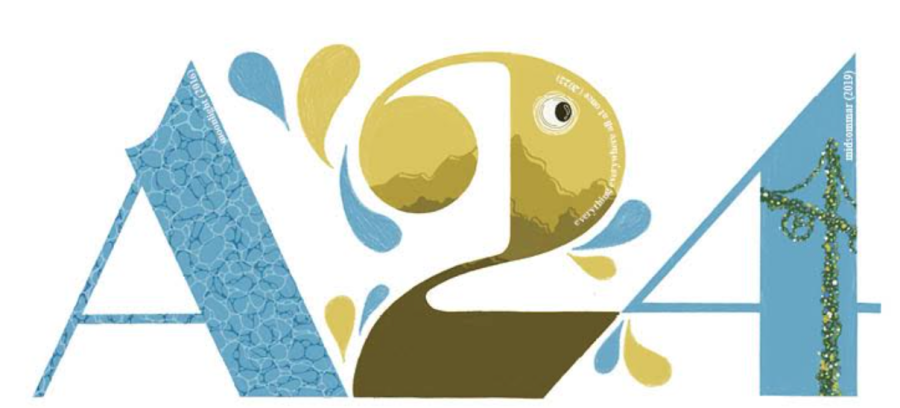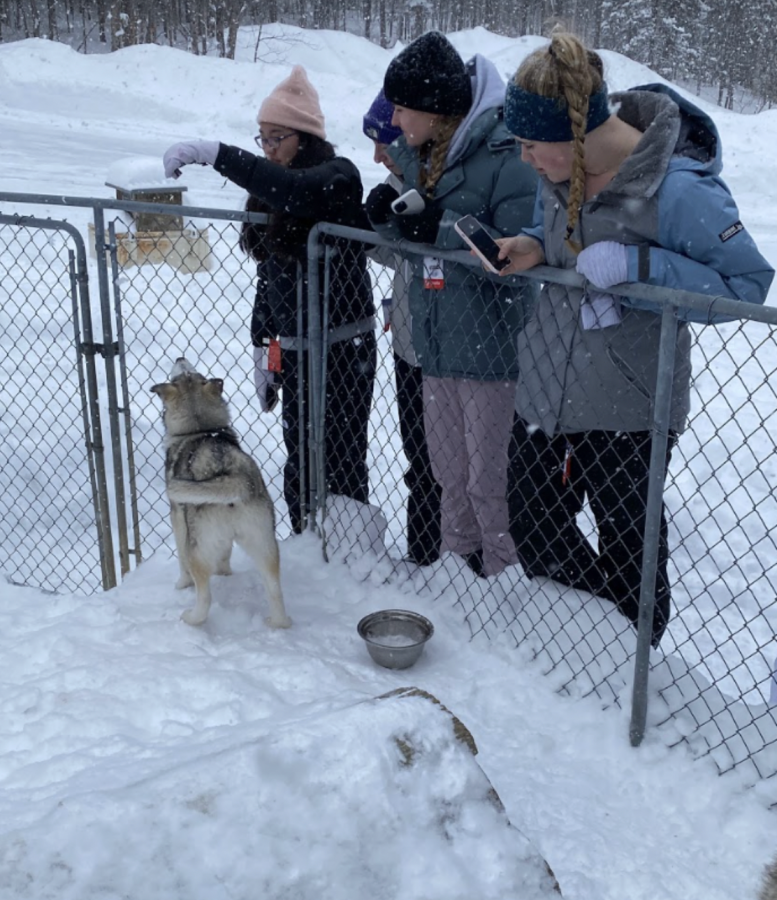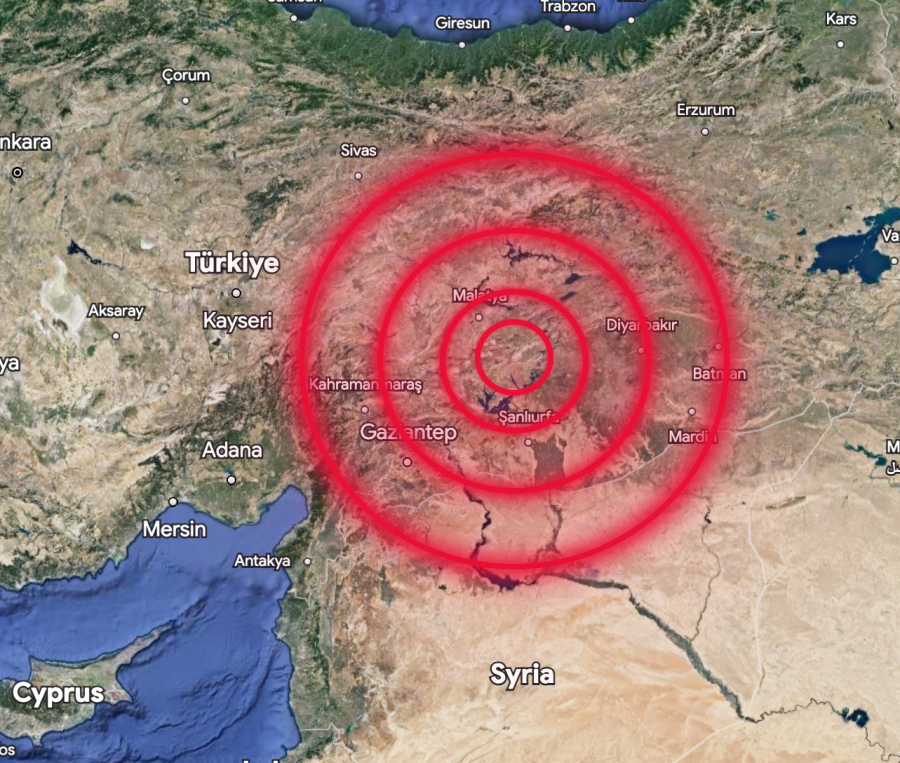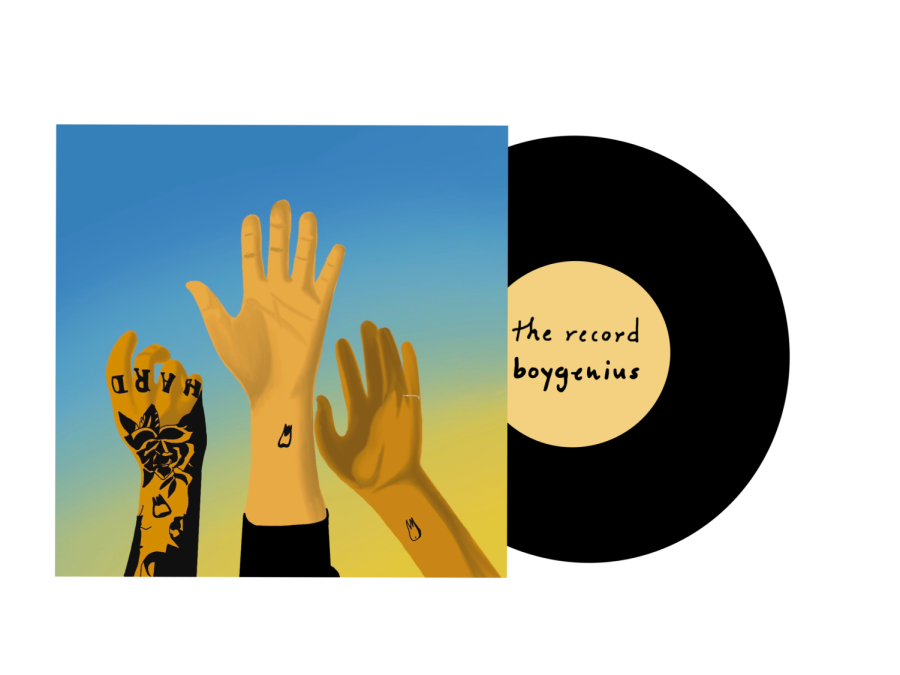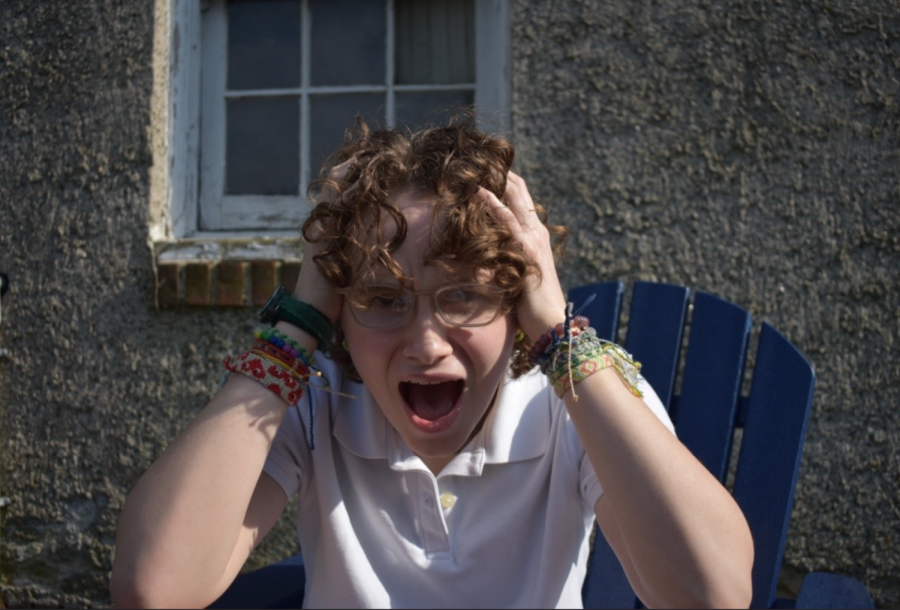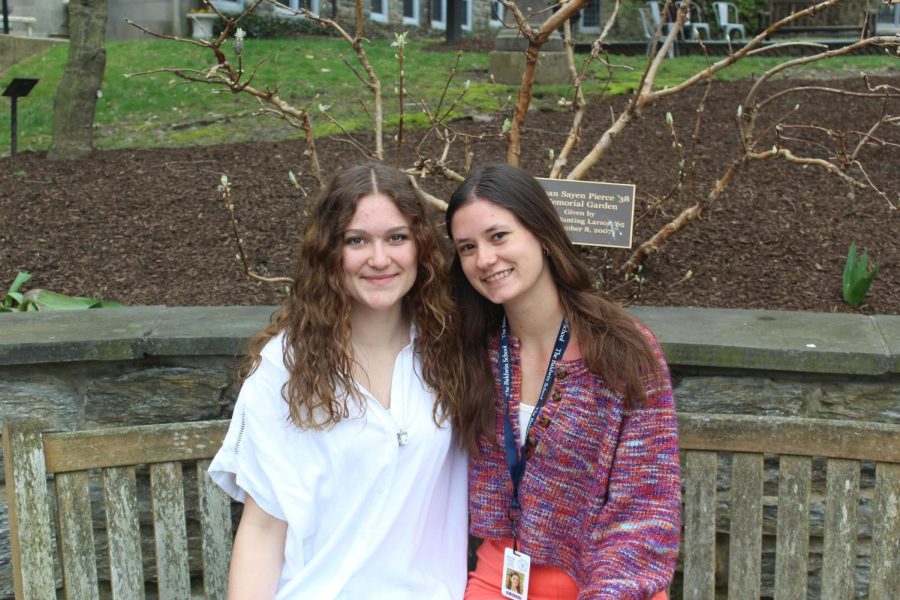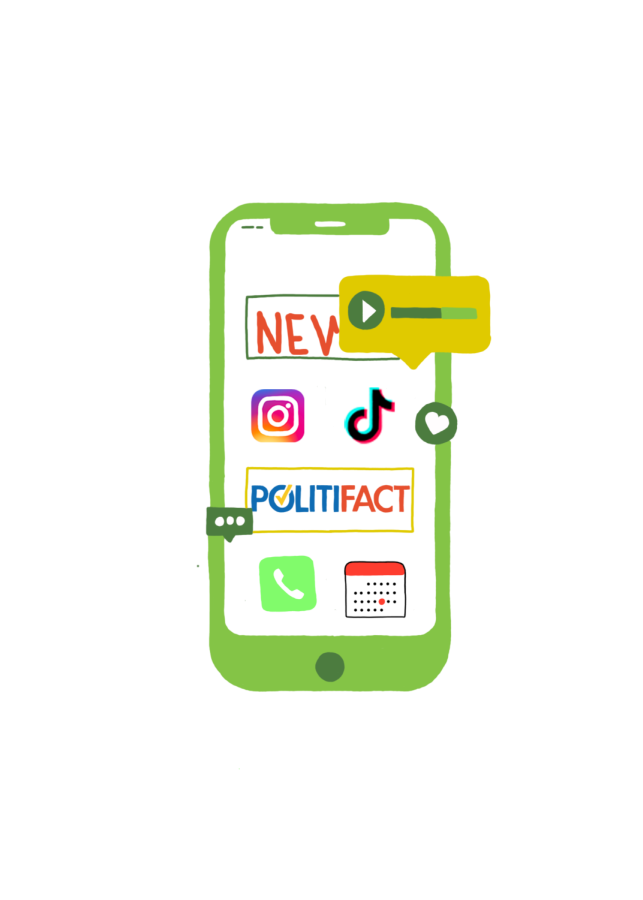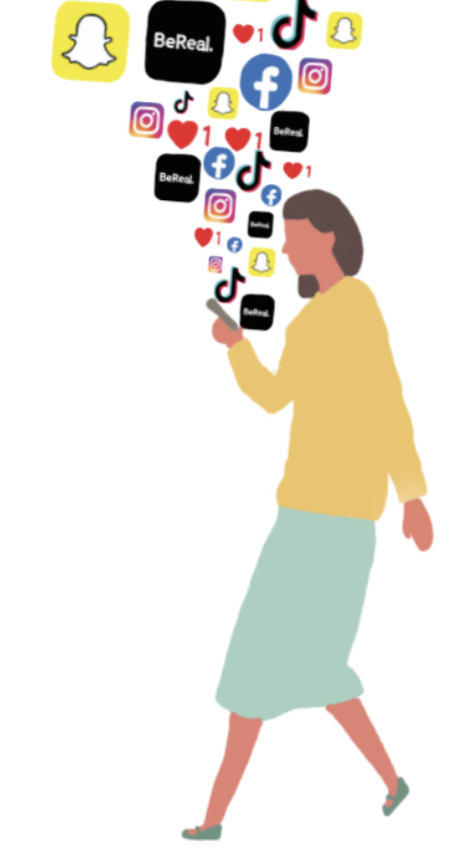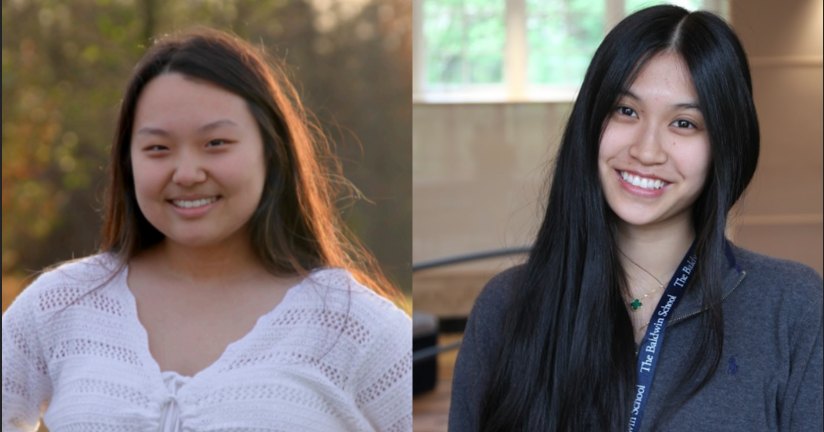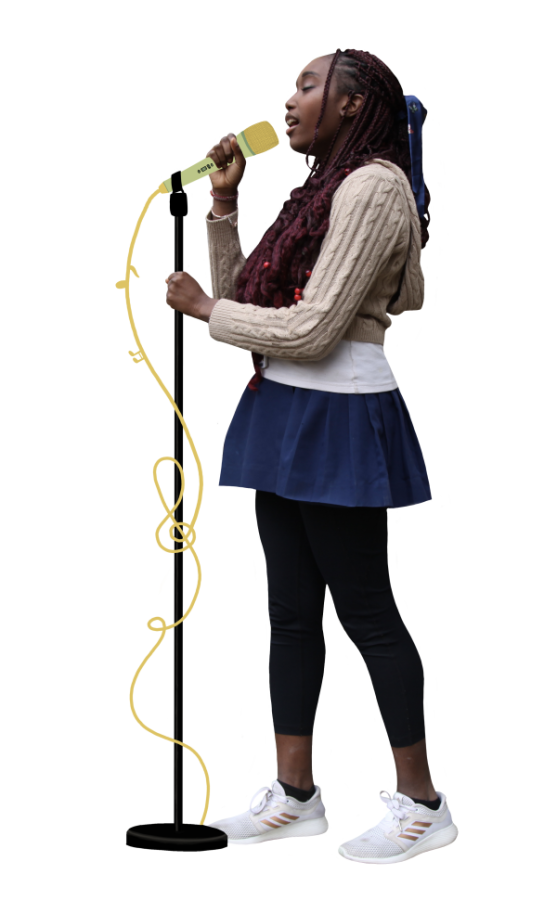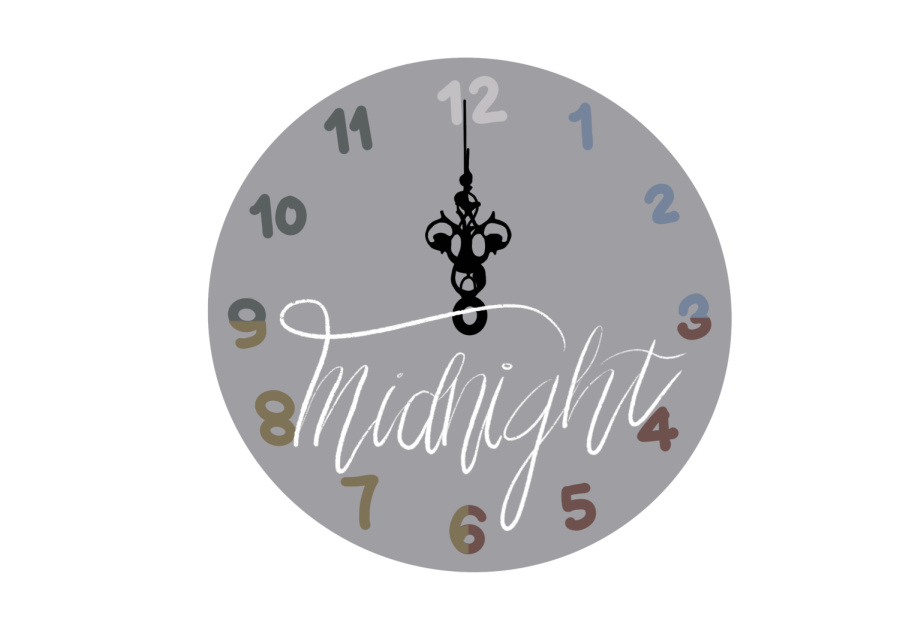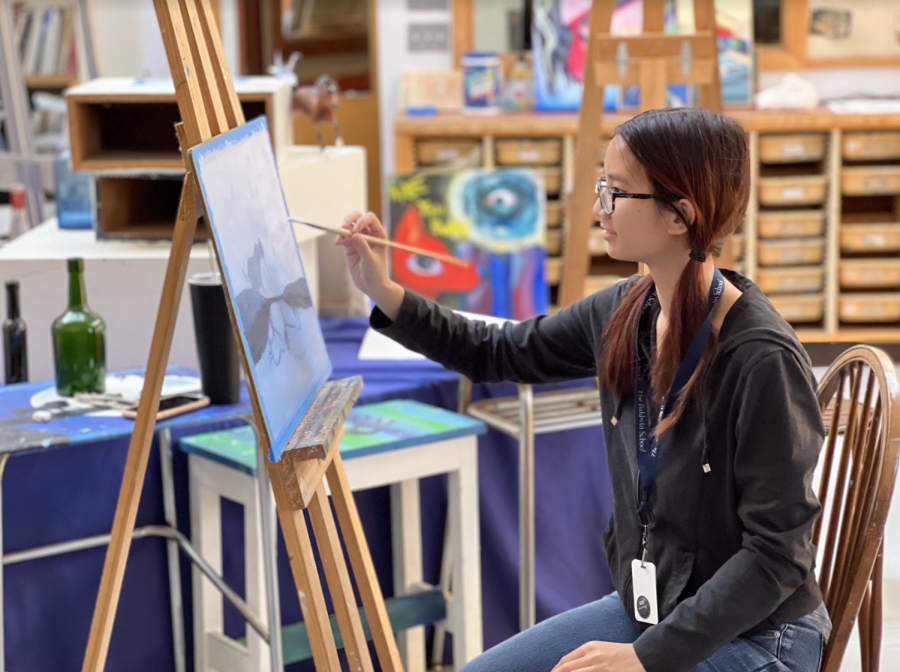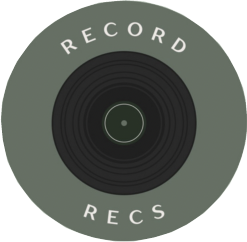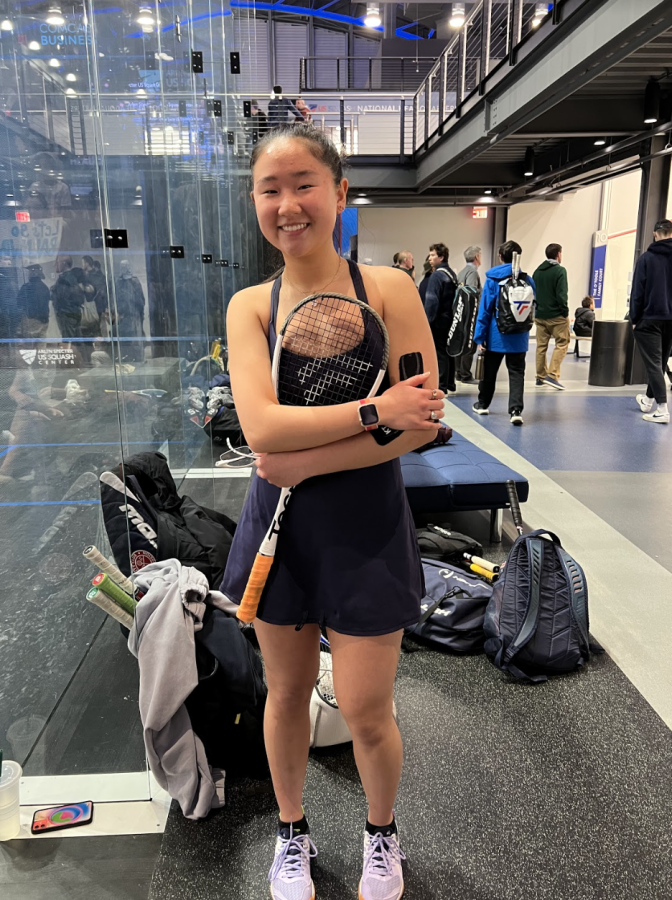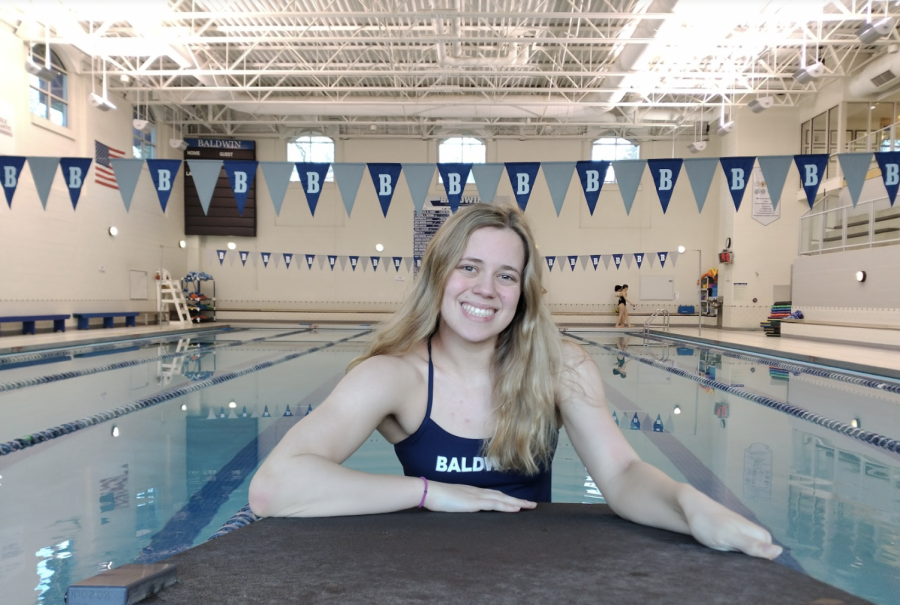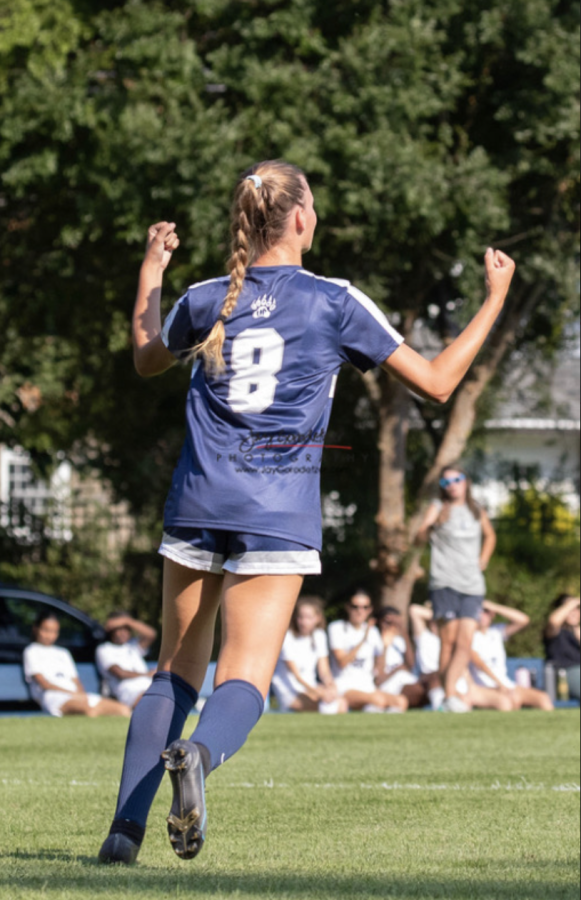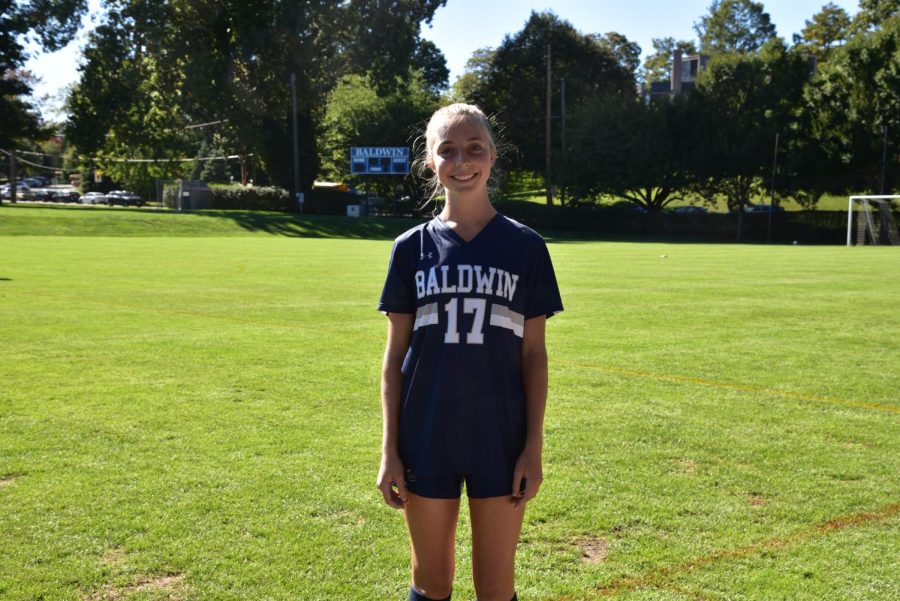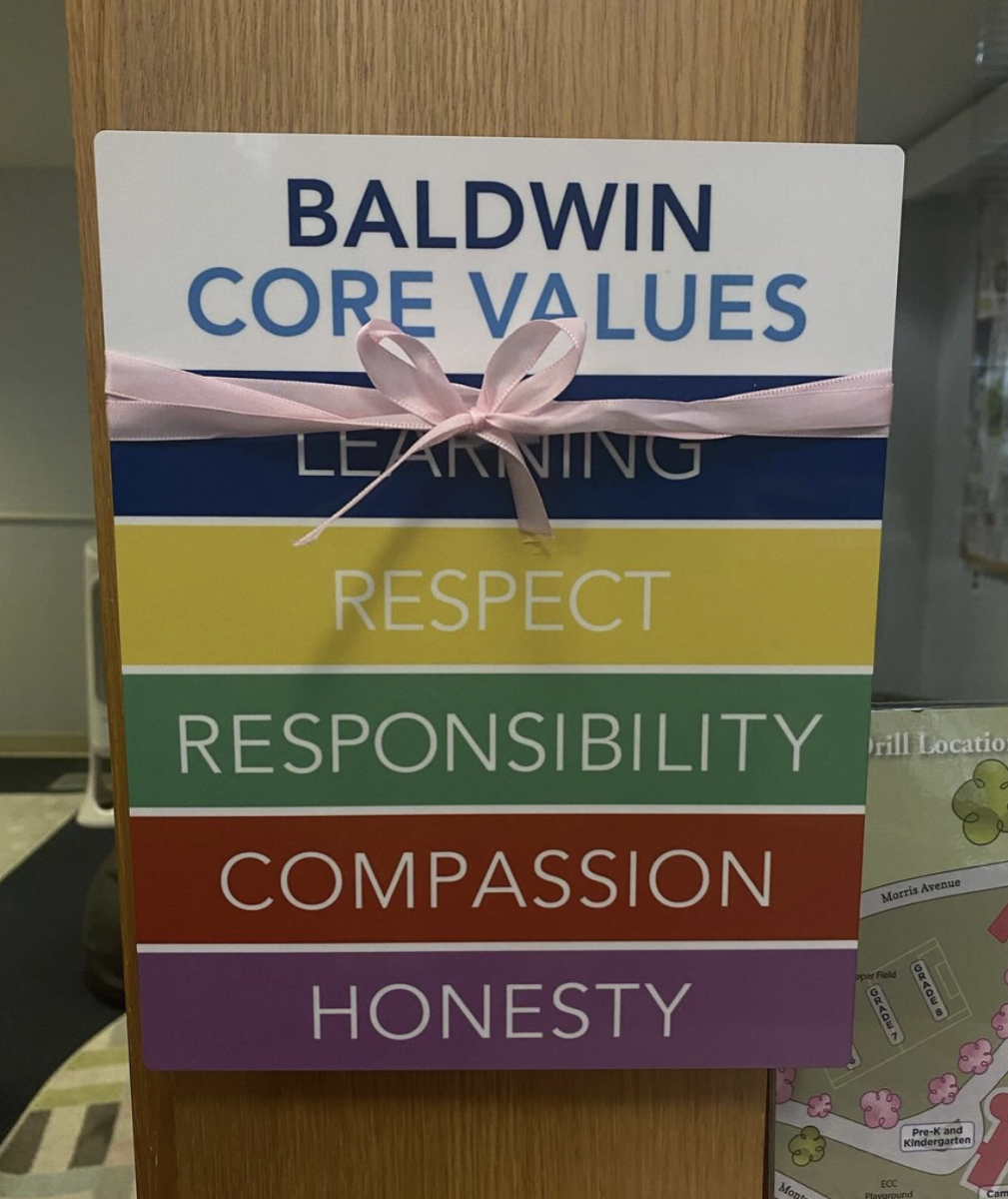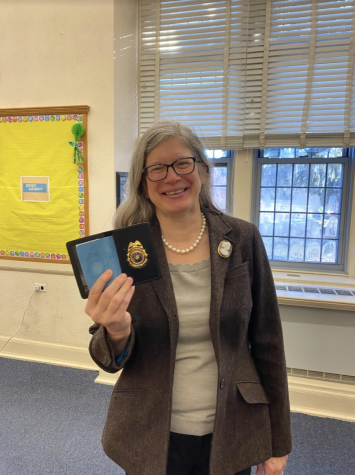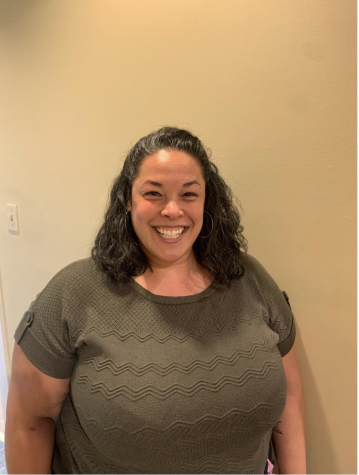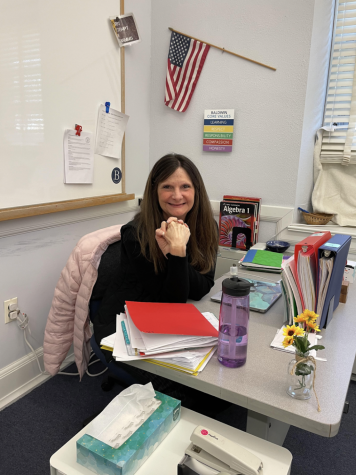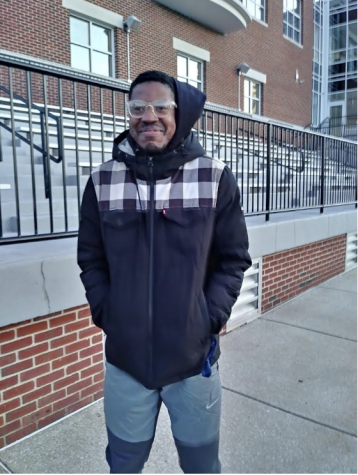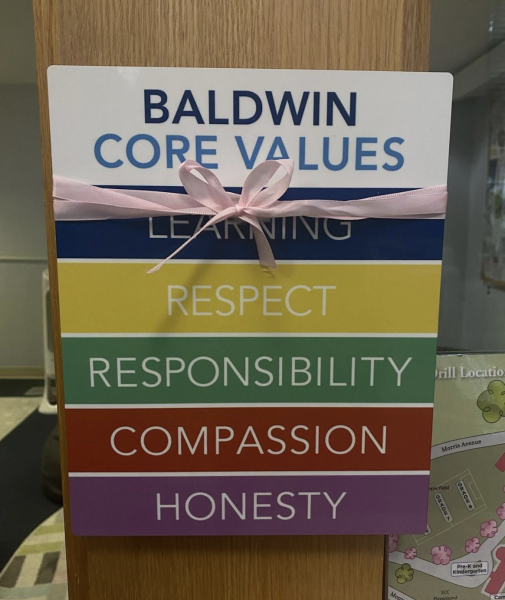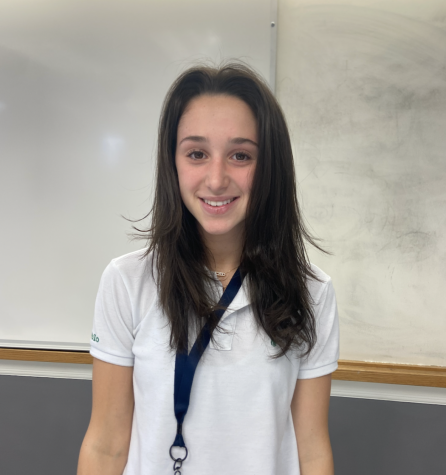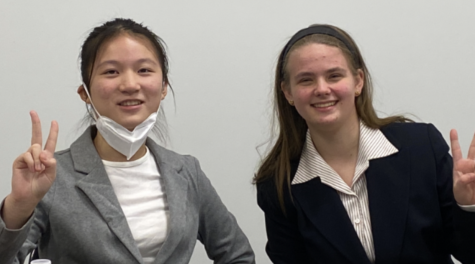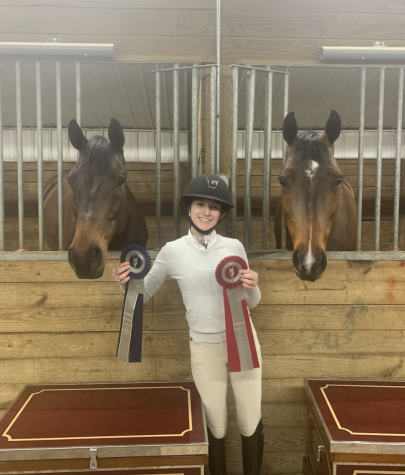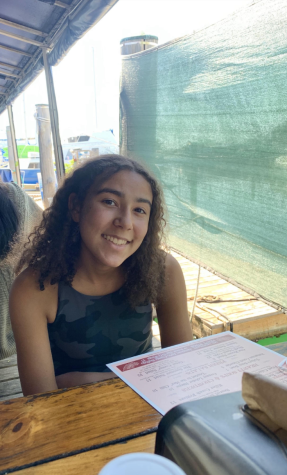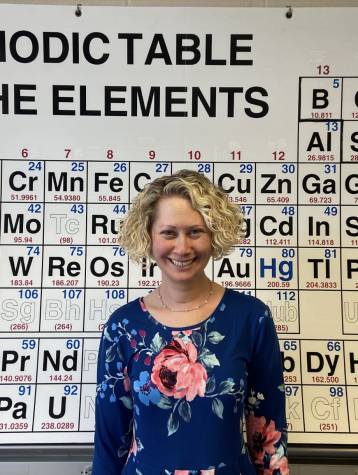Humans of Baldwin: Lifelong Learning Through Travel
Ms. Smith talks about her graduate school experience in Iran
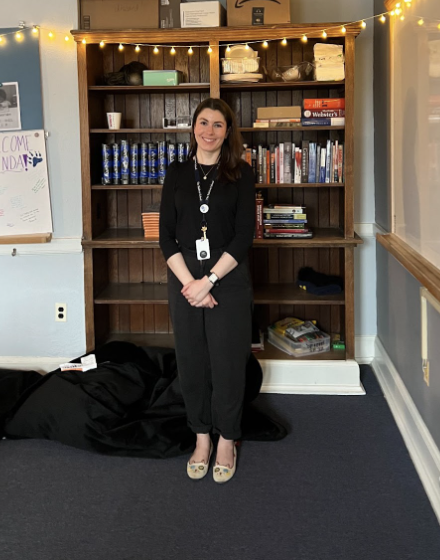
Image courtesy of Hafsa Kanchwala ‘25
Ms. Smith in her classroom.
World-traveler. Researcher. Commanding Farsi speaker. These words all describe Upper School History teacher Ms. Smith beyond her life in the classroom. In the summer of 2015, Ms. Smith visited Iran as an academic fellow to study Persian language and literature at Shahid Beheshti University in Tehran. I was honored to have an insightful conversation with Ms. Smith about her experience as a student in Iran.
What was it like being a graduate student in Iran?
As an American, I had more restrictions placed on me about where I could go and what I could do. Shahid Beheshti students could come and go freely. American students were not allowed to do that; our movement was very limited. In 2016, the final time I went, I had more freedom—I was able to get in a cab by myself and take the metro.
What was your major as a graduate student and what research were you conducting?
I went to Iran as a PhD candidate to research Persian literature. I was interested in late medieval and early modern Persian poetry. I loved epic poems that were riffs on The Persian Book of Kings. I traveled there for dissertation research. I felt like I was on a global treasure hunt!
Why did you choose to study in Iran?
Iran was elusive and “off-limits.” It has this scary reputation, and I wanted to see for myself what it was all about. The more I have learned about Iranian history and culture, [the more] I have fallen in love with it.
How did you become immersed in Iran’s culture?
Regardless of the setting, women have to cover their hair. In libraries there is a uniform that a scholarly Iranian woman has to wear. I had to find a specific type of hijab and a black tunic. Having a uniform as an adult was new for me.
In the U.S., it is not uncommon for men and women to shake hands or if they are well-acquainted to give each other hugs. That’s a no-go in Iran. The man who sponsored my trip was the deputy director of the national library and we never shook hands. I knew not to offer my hand because it is culturally not something they did.
The more time I spent there, I realized there is a lot about Iranian culture that is very familiar to me. I am Italian on my mom’s side and there was a lot of Iranian culture that reminded me of Italian culture—the emphasis on family, food, and traditions. Everyone was very warm and friendly.
What skills did you learn from your experience in Iran that have shaped your career as a history teacher?
Patience and flexibility. Waiting to get a visa to a country where it is very hard to get a visa and doing research in a highly bureaucratized setting, you have to be patient and adjust your expectations.
In what ways did your experience in Iran influence your career as a history teacher?
It helps me to connect to the material in a deeper way. Personal experiences can bring places to life and hook students in. I encourage students to be open, explore countries that they are curious about. Go out into the world and meet people who have different backgrounds from you, practice a different religion, speak a different language and eat different foods. You will learn about yourself and become a better version of yourself by opening yourself up to new experiences.

